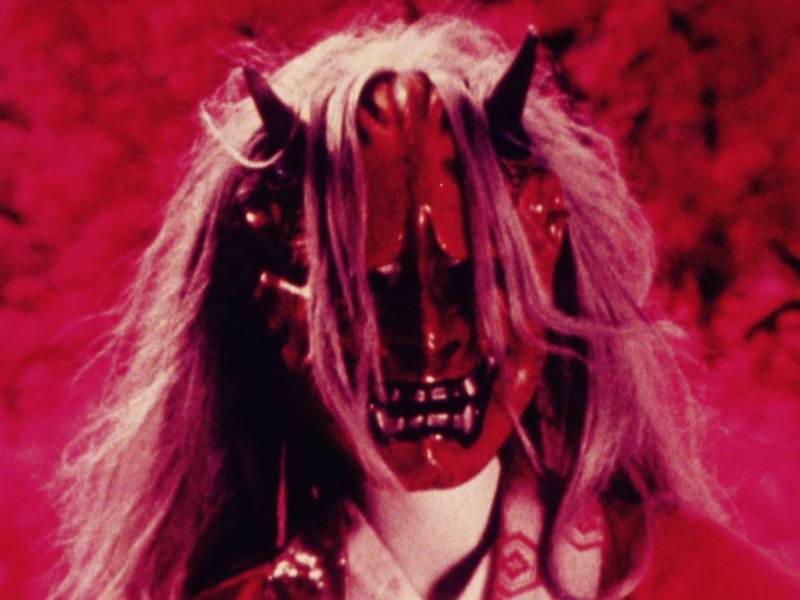For the Damaged Right Eye: the short films of Toshio Matsumoto
27 Jun 2018
Toshio Matsumoto (b. 1932, Nagoya, d. 2017, Tokyo) began his filmmaking career with the Shin-Riken Film Company before working on several avant-garde documentaries including The Weavers of Nishijin (1961) and Mothers (1967). Drawing on influences from pre- and post-war European avant-garde film, his experimentation with the documentary form earned him several awards for his visionary approaches to filmmaking. Breaking with the single channel film tradition, Matsumoto embarked on multi-projections in the hyper-sensory with For the Damaged Right Eye (1968), and later with the installation Space Projection Ako (1970) for the Textiles Pavilion at Expo ’70 in Osaka, Japan. Throughout the 1970s and 1980s Matsumoto continued to make three further feature-length films alongside a prolific number of experimental film and video works. Matsumoto’s subjects ranged from those of symbolism and iconography to landscape and architecture, through which he experimented with testing aesthetics and form and colliding tradition with global pop cultures and their inadvertent political tensions.
Toshio Matsumoto, Atman, 1975, 16mm transferred to HD file, colour, sound, 11 min. Courtesy Postwar Japan Moving Image Archive.









